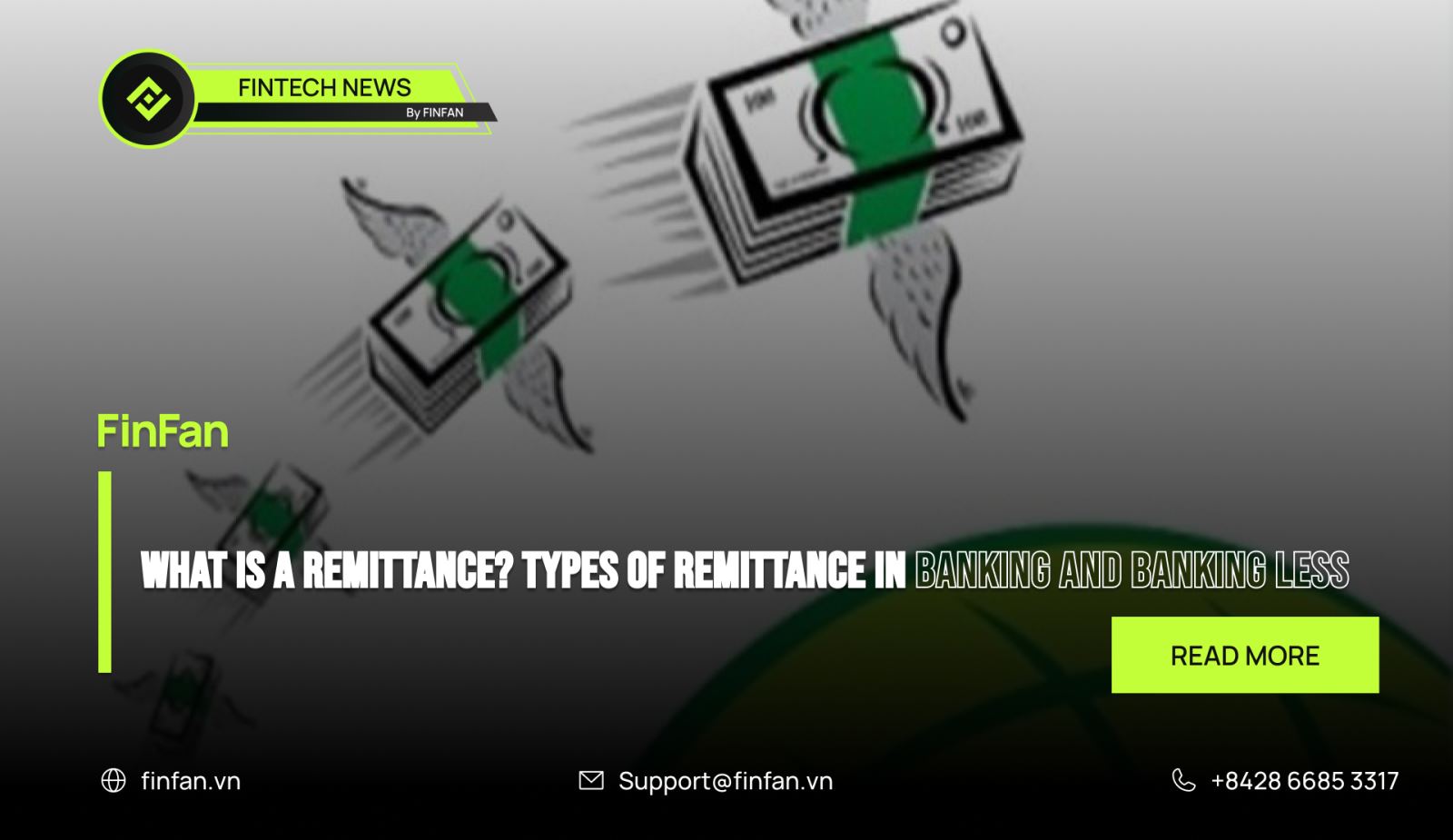What is a remittance? Types of remittance in banking and banking less
What is it called when you send money back home?
When you live abroad or stay in another country for just a short time, you often need to send your money back home to your family, partner or friends. All of this money calls remittance.
In the article “How remittance helps economy in Viet Nam”, FinFan shared about the effects of remittance in education, agriculture and startup communities in Vietnam. This money is really important for not only the Vietnamese people but also for the economy of our nation.
Not just in Vietnam, remittances can help also many low - and middle-income countries.
*According to the World Bank’s recent report, the world is seeing hundreds of billions of dollars in remittances, especially to low - and middle-income countries.
On average, migrant workers send between $200 and $300 home every two months. This money can make up for about 60% of household income, representing a massive financial lifeline for millions of families worldwide.*
How does remittance work?
Remittances are very important for many receiving countries’ citizens. So how can the senders and receivers get through the remittance process?
It gives many types of remittance in banking and even banking less.
Remittance in banking
Process of remittance in banking
Step 1: The sender goes to the bank of his/her live land and pays the remittance to the bank using cash, check, money order, credit card, debit card, or a debit instruction sent by e-mail, phone, or through the Internet.
Step 2: The sending bank connects with the bank of the recipient's country to deliver the remittance.
Step 3: The recipient's bank will send this money directly to the recipient’s bank account or has an appointment with his/her at the bank’s branches to receive the money.
This process will take a lot of time and cost many fees, especially forex exchange fees to complete.
Remittance in banking less
Remittance through an agency
It gives many other ways to help people do remittances more quickly than doing this process through an agency. However, it costs more fees than banking.
Process of remittance through an agency
Step 1: The migrant sender pays the remittance to the sending agent using cash, check, money order, credit card, debit card, or a debit instruction sent by e-mail, phone, or through the Internet.
Step 2: The sending agency instructs its agent in the recipient's country to deliver the remittance.
Step 3: The paying agent makes the payment to the beneficiary.
You can choose some big agencies, which have branches covering almost all over the world like MoneyGram, Western Union, DHL, etc.
Remittance through dealers/friends
This type of remittance can often be accompanied by the action of sending hand luggage to help. You can ask a friend/dealer to have a flight back to your country to send remittances and gifts for your family.
This kind of remittance is very convenient, but it gives many risks for both sides.
First, it creates risks for the senders.
In the article “Asean cross border payment – what are the difficulties and how can we use modern technologies for doing cross border payments?”, Huu Le Do – the marketing specialist of FinFan shared a real story of his friend about taking cross border payment between Cambodia and Vietnam. This can happen to the remittance.
Second, it gives risks to the dealers/friends.
The senders maybe lie with the dealers about the gift or the amount of money inside the remittances. That can be related to local law and the dealers/friends may be criminally responsible for the above violations.
The best example is the story of 4 Vietnam Airlines flight attendants, who receive hand luggage sent home with a large number of drugs inside.
Remittance by using cryptocurrency.
This often happens with people of Generation Z when they update the development of technology so quickly and apply it so strongly in real life.
With this type of remittance, they need no fees anymore to send their money back home and still ensure the absolute safety of their money.
However, many nations in the world don’t recognize this type of money and don’t have any law that guarantees the amount of virtual money that both parties have transacted.
Because of this, when you choose this type of remittance, you must guarantee that your family members/friends/partners can update and use this cryptocurrency too.
